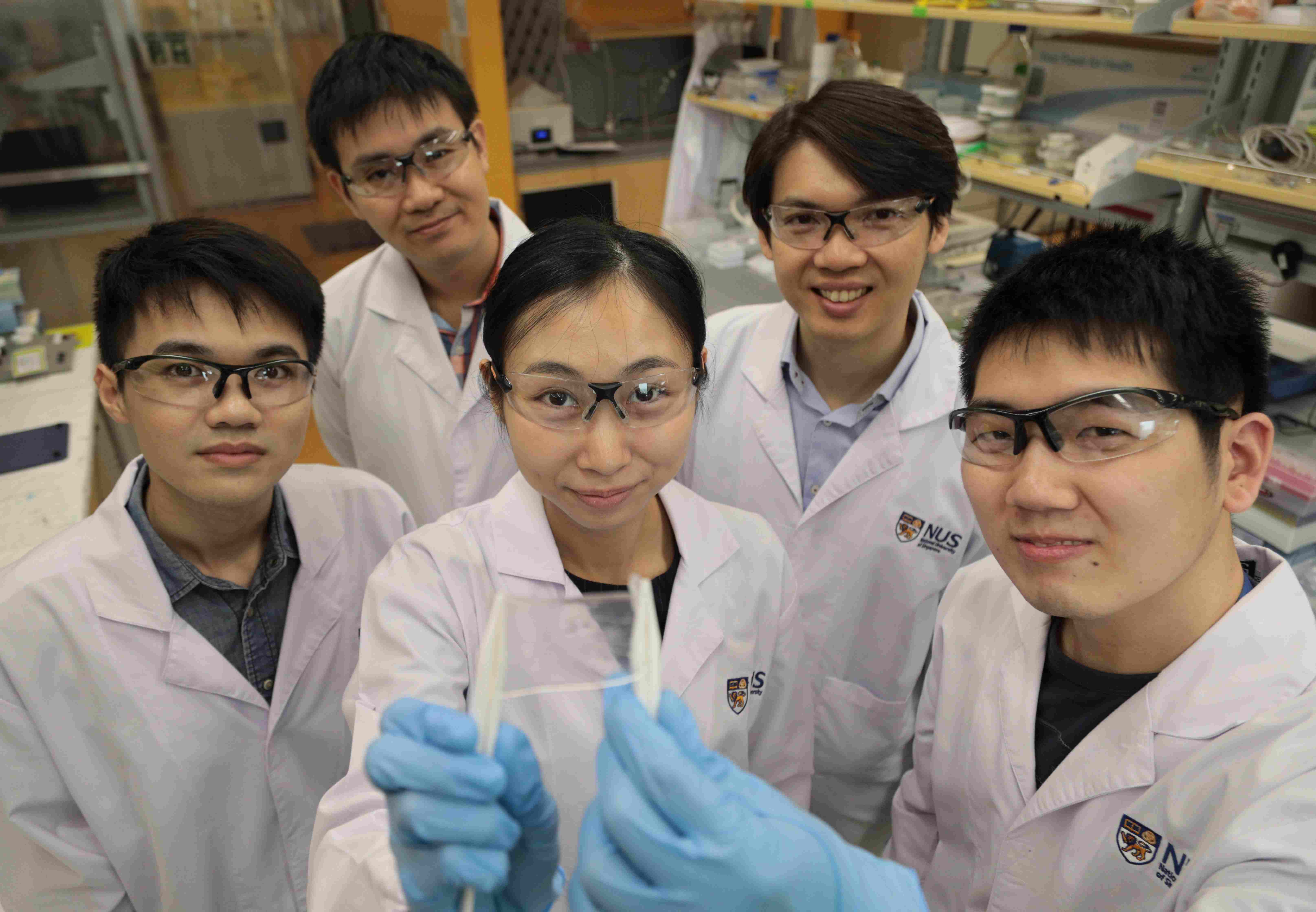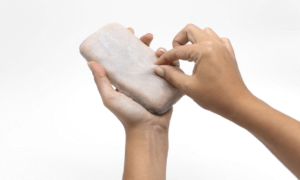Researchers from the National University of Singapore turned to Mother Nature for inspiration and, drawing inspiration from the jellyfish, they have managed to create a self-healing, stretchable, touch-sensitive electronic skin with immense potential for further development.
The team is led by NUS Materials Science and Engineering Assistant Professor Benjamin Tee, who has been working on electronic skins for many years and has been a part of the team that has created the very first self-healing electronic skin sensors back in 2012.
Tee’s previous experience was a key factor in developing this new skin: “One of the challenges with many self-healing materials today is that they are not transparent and they do not work efficiently when wet,” he said. “These drawbacks make them less useful for electronic applications such as touchscreens which often need to be used in wet weather conditions.”
He went on to say that, eventually, they turned to the ocean and found inspiration in jellyfish: “they are transparent, and able to sense the wet environment. So, we wondered how we could make an artificial material that could mimic the water-resistant nature of jellyfishes and yet also be touch sensitive.”
The team created a gel made out of a fluorocarbon-based polymer with a fluorine-rich ionic liquid which combined the elements. When they interact, they allow the gel to self-heal.
“Most conductive polymer gels such as hydrogels would swell when submerged in water or dry out over time in air. ” Tee went on to say “What makes our material different is that it can retain its shape in both wet and dry surroundings. It works well in sea water and even in acidic or alkaline environments.”
The skin is conductive and it can respond to touching, stretching or straining, which makes it a very viable option for creating future touch sensors.
The team demonstrated that, even if the skin is torn or even cut, it could still regain its conductivity within mere minutes and eventually put itself back together in a few days. This is good news for the environment as well, since the skin would stop us from buying and throwing away tech once it becomes too damaged to be worth replacing.
“Millions of tonnes of electronic waste from devices like broken mobile phones, or tablets are generated globally every year. We are hoping to create a future where electronic devices made from intelligent materials can perform self-repair functions to reduce the amount of electronic waste in the world.” Tee explained.
For the time being, Benjamin Tee and his team are exploring other ways in which the material can be used and hope that, in the near future, they will be able to develop optoelectronic devices that would be used for human-machine communication interfaces.
Follow TechTheLead on Google News to get the news first.



















